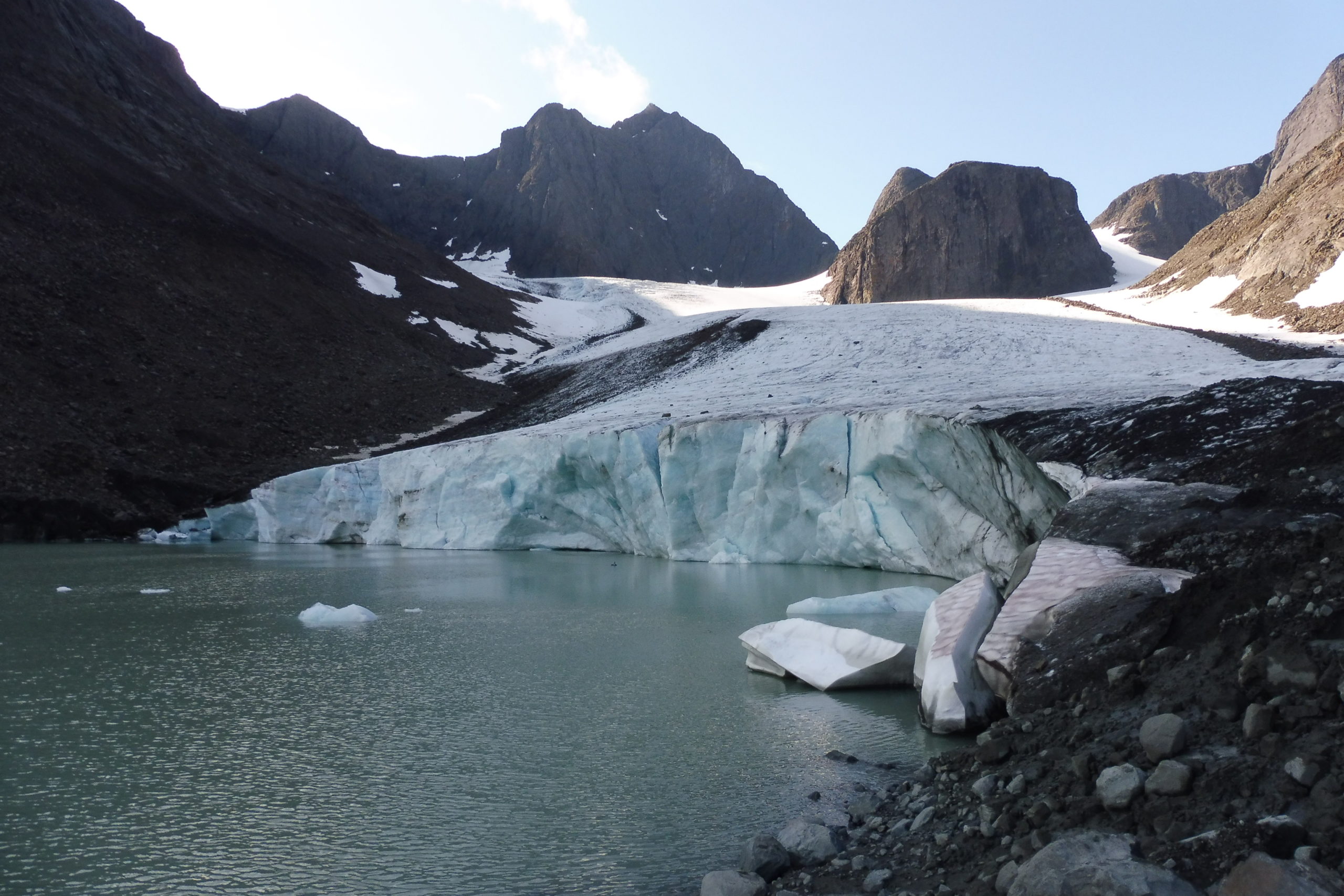The Cold Ice in a Warm Bath (CIWB) research team (Dr. Adrian Dye, Dr. Joe Mallalieu, Dr. Fran Falcini, Mike Beckwith and Miles Dimbleby) are busy preparing for their 2022 field season in the Arctic. They work in an area of the Arctic that has recently experienced a number of unusual summer heatwaves (with monthly means >5oC above the long term average; Dye et al., 2021). The 2022 field season research will show how much proglacial lakes (at the terminus of glaciers) enhance retreat rates in their ‘Glacier and Lake Response to Extreme Temperature Anomalies’ (GLRETA) project, which has been funded by INTERACT and the Royal Geographical Society.
A series of Arctic glaciers will be surveyed (by UAV) to create digital surface models from photogrammetry (using SfM) and assess the glacier retreat that has occurred in response to the heatwaves since 2015. Crucially this will be combined with sonar surveys (from remote controlled boat) and carefully placed (to avoid icebergs!) temperature sensors to constrain subaqueous melt of Kas’ glacier in relation to proglacial lake warming during the summer. This will be the third field season that the team has spent at Kas’ glacier. If it is anywhere near as eventful as the previous two, they will capture the frequent iceberg calving events (on timelapse) and hopefully one of the longest temperature records from an Arctic proglacial lake (if icebergs don’t disrupt it too much!).




